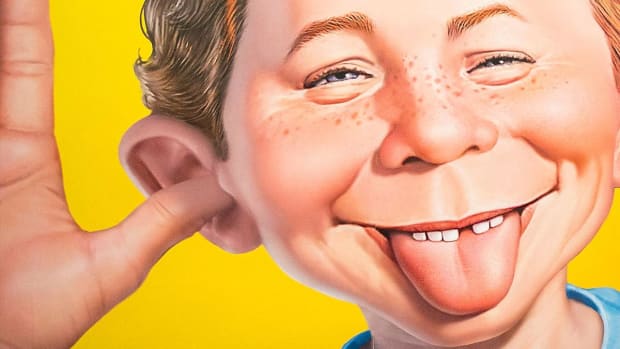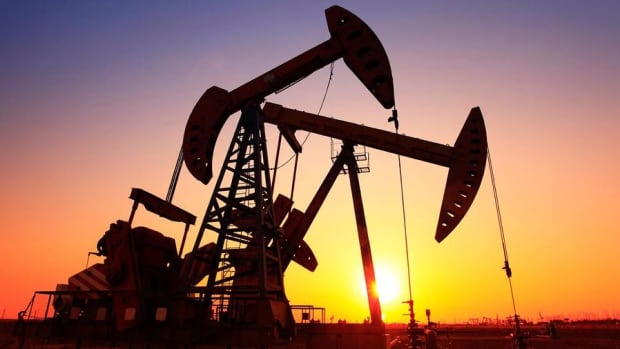With the Fed no longer forecasting a recession, the strength of the U.S. economy continues to defy its doubters following a stronger-than-expected reading for second-quarter GDP.
The U.S. economy grew at a stronger-than-expected pace over the second quarter, data indicated Thursday, powering through a series of aggressive Federal Reserve rate hikes, a regional banking crisis, and a worrying standoff in Washington over the nation's debt ceiling.
The Commerce Department, in its first estimate of second-quarter GDP, said the economy grew at a 2.4% annualized pace over the three months ending in June, accelerating from the 2% clip recorded over the first quarter and well ahead of the Street consensus forecast of 1.8%.
At the same time, a key reading of domestic price pressures, which feeds into the Fed's inflation forecasts, slowed notably over the quarter. The core PCE price index was pegged at 3.8%, inside the 4% Street forecast and sharply slower than the 4.9% tally from the three months ending in March.
The Labor Department also published its weekly tally of Americans filing for new jobless benefits, with 221,000 total for the period ending July 22, down 7,000 from the prior week.
“Just as the Federal Reserve thought it could take an extended pause with its rate hikes, the latest US GDP figure for the second quarter comes along and muddies the waters," said David Henry, investment manager at Quilter Cheviot.
"The US economy has been remarkably robust in the face of the highest interest rates for decades and it shows no sign of slowing down. The Federal Reserve has always been clear that if the economy can handle more rate rises then it will continue on that path. This latest data point may just suggest that one more rate rise is not off the cards."
U.S. stocks extended gains following the data releases, with the S&P 500 rising 30 points in the opening hour of trading, a move that would lift the benchmark to within around 4.5% of the all-time high it reached in January of 2022.
The Dow Jones Industrial Average, which is riding its longest consecutive session winning streak since 1987, was up 58 points. The tech-focused Nasdaq, meanwhile, was marked 177 points higher thanks in part to an 8.5% surge for Meta Platforms (META) - Get Free Report following last night's stronger-than-expected second-quarter earnings.
Benchmark 10-year Treasury note yields were marked 2 basis points higher at 3.901% while 2-year notes added 1 basis points to 4.876%. The U.S. dollar index, meanwhile, was marked 0.72% higher at 101.615 against a basket of six global currency peers.
CME Group's FedWatch now suggests a 24% chance that the Fed will lift the rate by 25 basis points (0.25 percentage point), to between 5.5% to 5.75% at its next policy meeting in September. The odds for a November hike, however, were pegged at 33%.
"We’ve raised the federal-funds rate now by 525 basis points since March 2022," Fed Chairman Jerome Powell told reporters in Washington yesterday following the central bank's decision to raise the benchmark Fed Funds rate to its highest level in 22 years. "Monetary policy, we believe, is restrictive and is putting downward pressure on economic activity and inflation."
That said, more than 4.2 million jobs have been added to the economy since June of last year, and stocks rode their best first-half winning streak since 2018.
Unemployment, which was sitting at 3.6% in June 2022 -- when inflation hit its 40-year peak of 9.1% -- held firm at 3.6% last month. Inflation slowed to 3%, below Wall Street forecasts and the slowest pace of price increases since 2021.
“It’s great to have another quarter of positive GDP growth in tandem with a consistently slowing inflation rate. After yesterday’s resumption of interest rate hikes, it’s encouraging to see the aggressive hike cycle working as inflation continues to decline," said Steve Rick, Chief Economist at TruStage, a $4+ billion, 85-year-old provider of financial services to credit unions and their customers.
"Consumers are getting a reprieve from the rising costs of core goods, and the U.S. economy is off to a stronger start to the first half of the year," he added. "I expect this quarter’s positive GDP growth will likely give the Fed leeway to continue to decrease the size and frequency of rate hikes in the second half of the year.”







Comments
Post a Comment
Please no profanity or political comments.